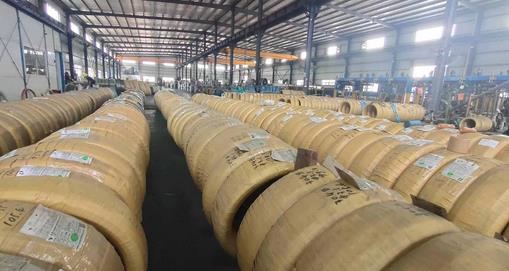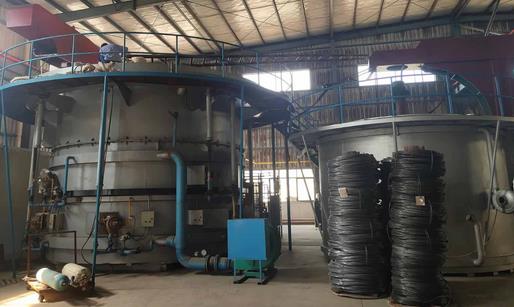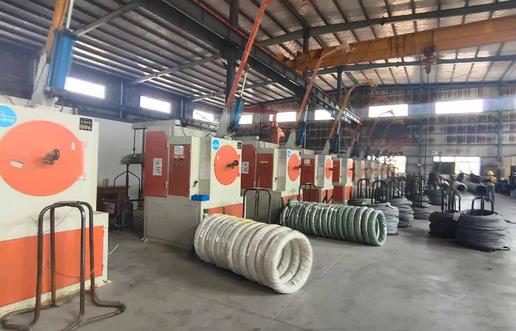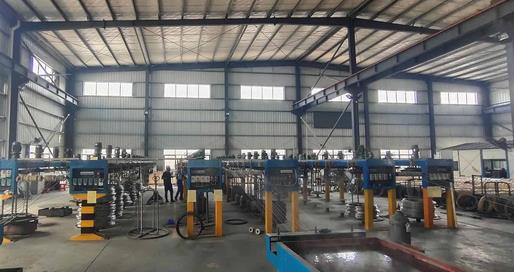There are many kinds of stainless steel wire, such as 201 stainless steel wire, 304 stainless steel wire, 306 stainless steel wire, etc. Today we will mainly introduce 201 stainless steel wire.
When we identify stainless steel wire, we will use some methods to verify. The commonly used method is to separate stainless steel wire through magnetism. We think that if it is not sucked, it is non-magnetic. We think it is good and genuine; Suction is magnetic, so it is considered to be counterfeit and fake. Others believe that stainless steel will not rust. Once it rusts, it is not stainless steel wire. This is actually a one-sided and wrong method, because some stainless steel wires are magnetic, and most stainless steel will rust in a certain environment. 201 stainless steel wire is one of them.
201 stainless steel wire will also "rust" and be magnetic. 201 stainless steel wire is a high alloy steel with more than 60% iron as the matrix and alloy elements such as complex, nickel and molybdenum are integrated into the manufacturing process. It is characterized by strong corrosion resistance, but the stainless steel wire is not absolutely free from rust. When stainless steel is located in coastal areas or some places with severe air pollution for a long time, when the chloride ion content in the air is large, there may be some rust spots on the surface of stainless steel wire exposed to the atmosphere, but these rust spots are limited to the surface and will not corrode the internal matrix of stainless steel wire.
Most stainless steel wires usually used for decorative tubesheet are made of 201 stainless steel, which is generally non-magnetic or weak magnetic. However, magnetism may also occur due to chemical composition fluctuation or different processing state caused by smelting, but this cannot be considered as counterfeit or unqualified. Due to component segregation or improper heat treatment during smelting, a small amount of martensite or ferrite structure in austenitic 201 stainless steel wire will be caused. In this way, 201 stainless steel wire will have weak magnetism.
In addition, when 201 stainless steel wire is cold worked, the microstructure will also transform to martensite. The greater the cold working deformation, the more martensite transformation, and the greater the magnetism of the steel. Different processing methods will have different effects on 201 stainless steel, so it is inappropriate to use magnetism for inspection.






二維碼.jpg)
